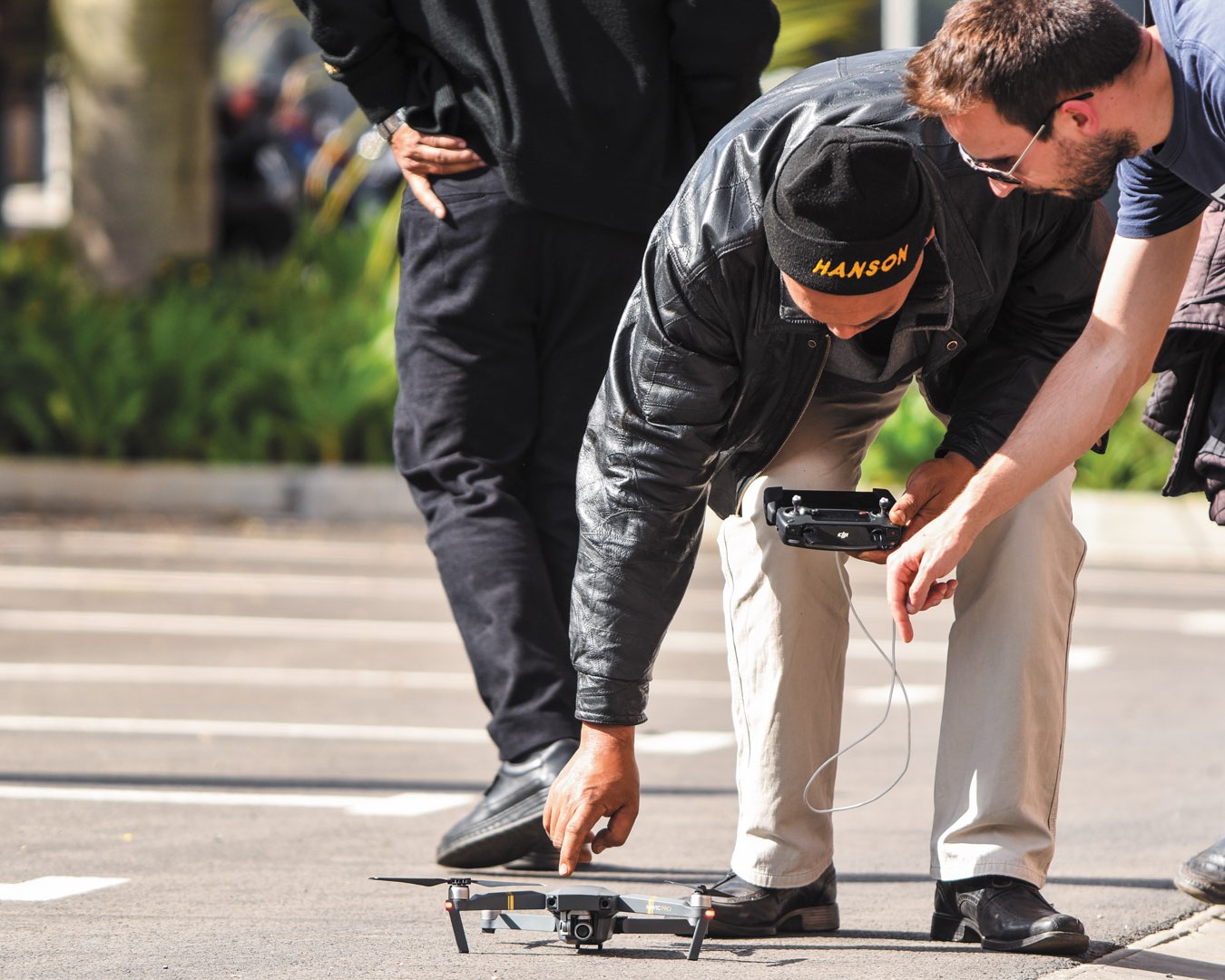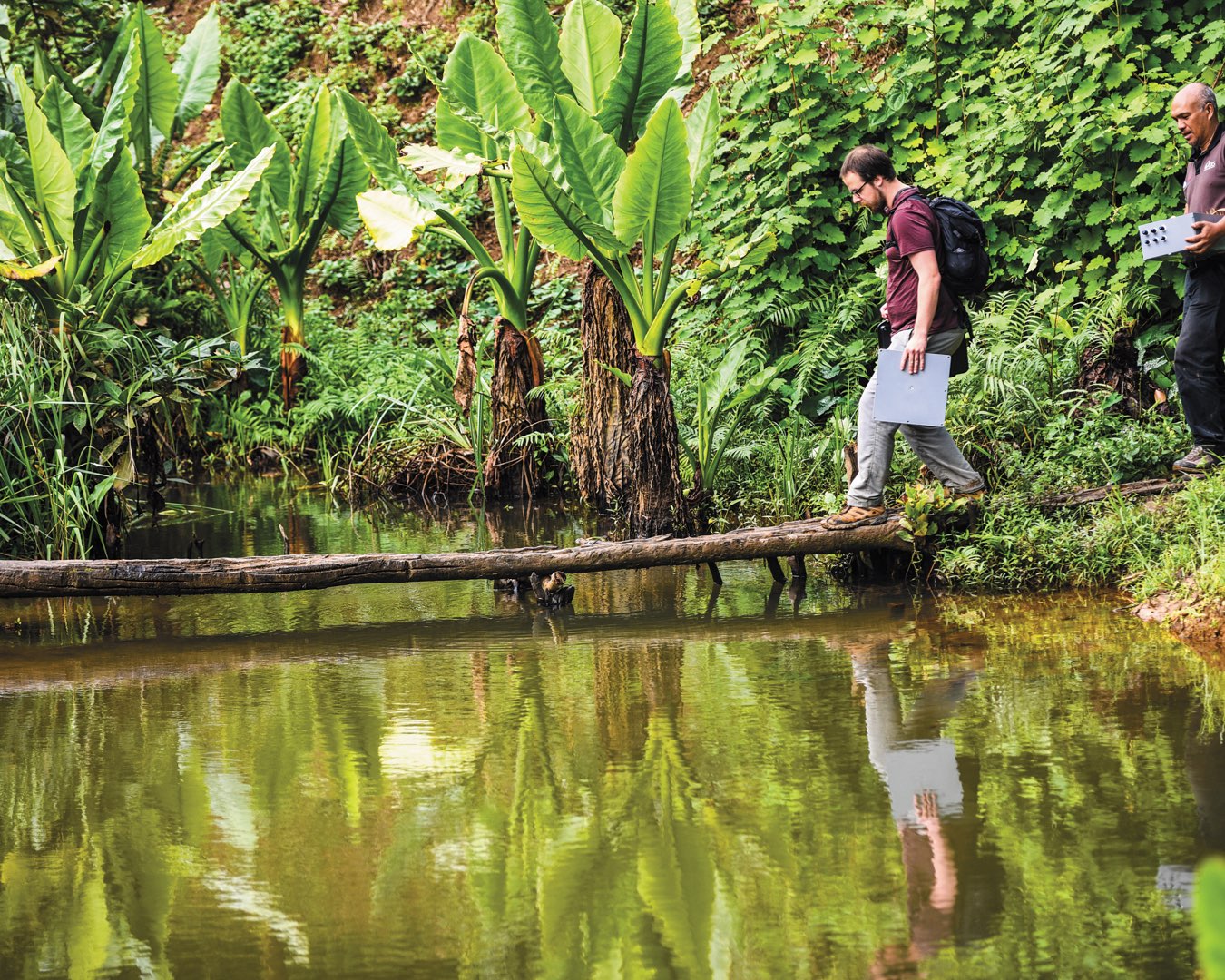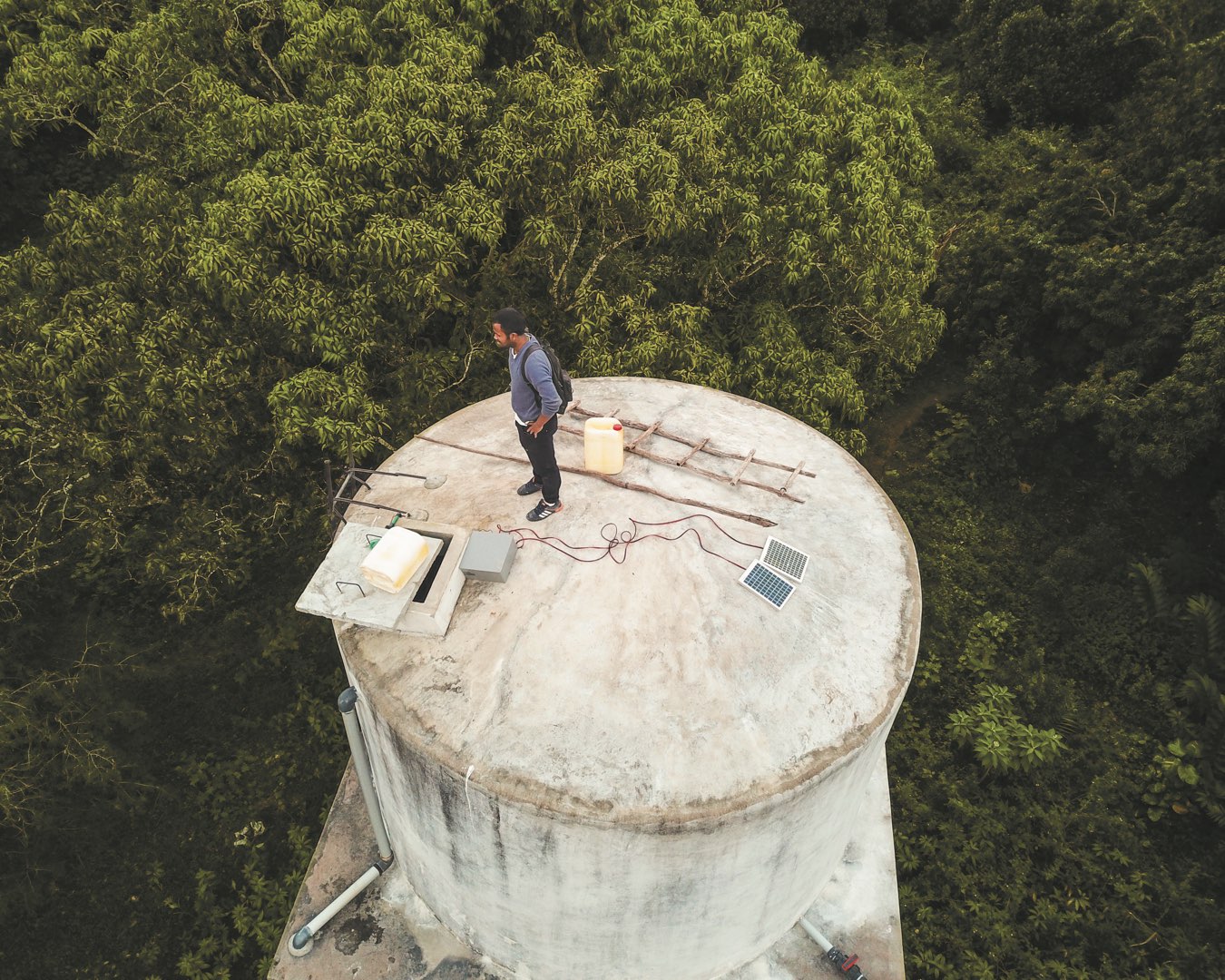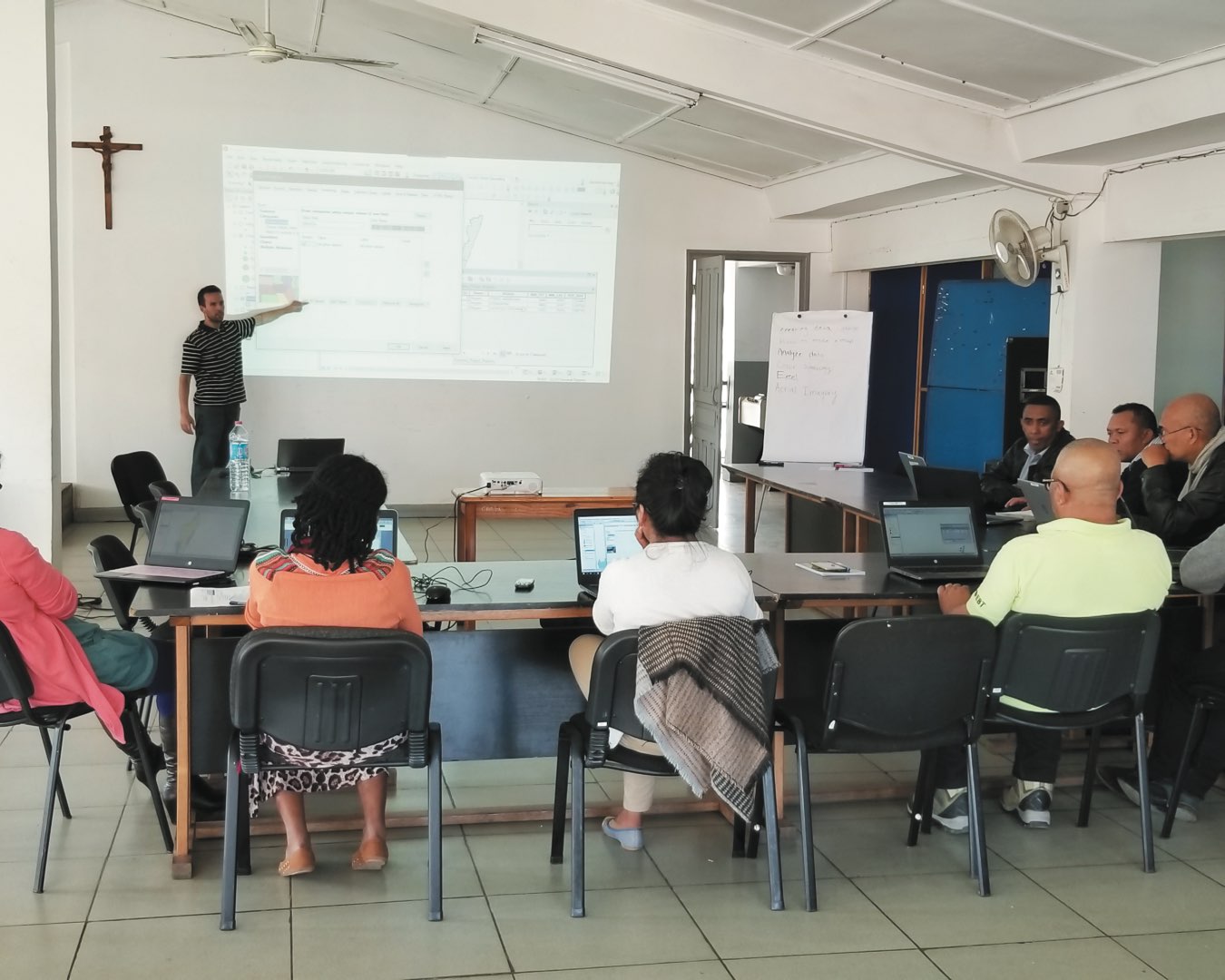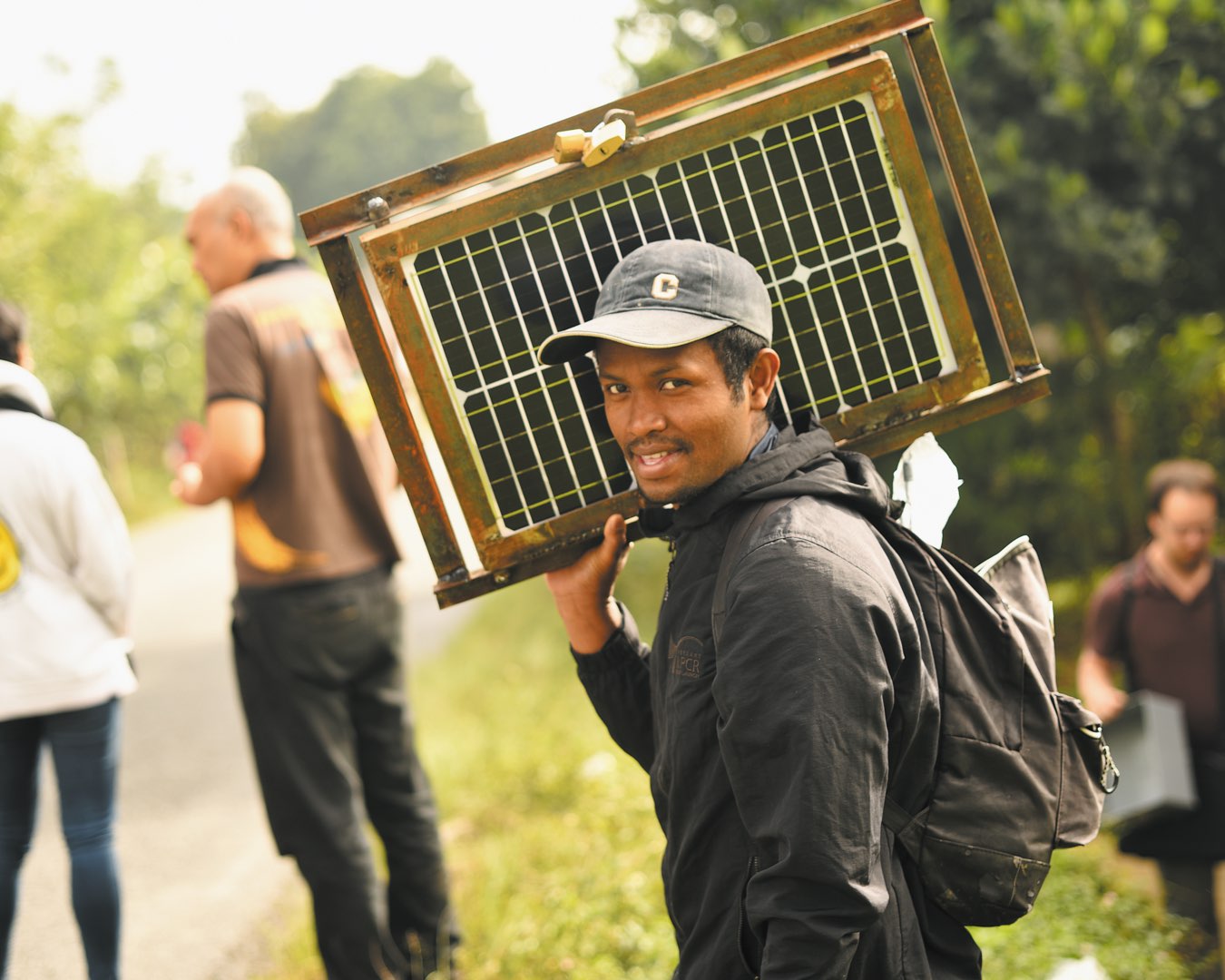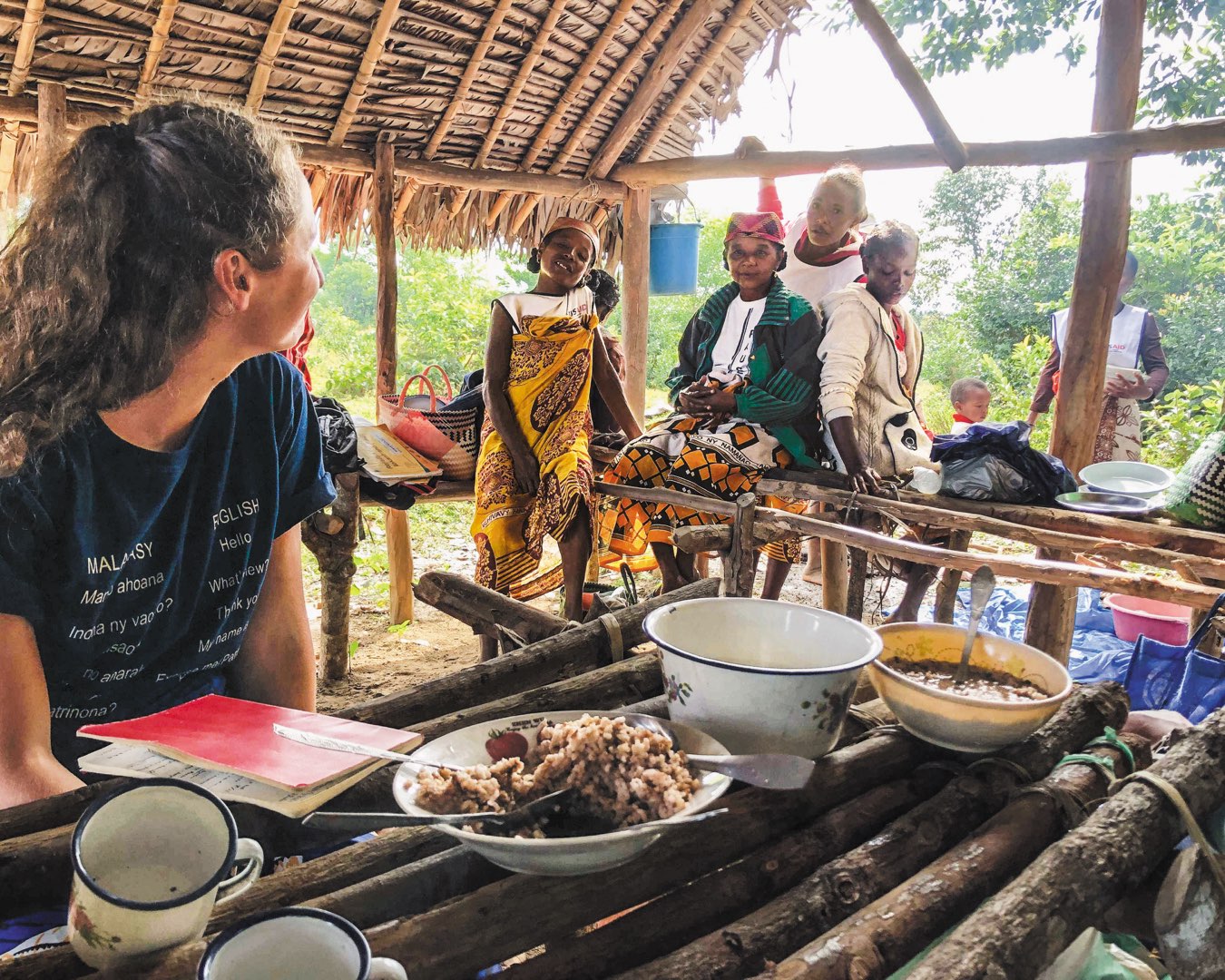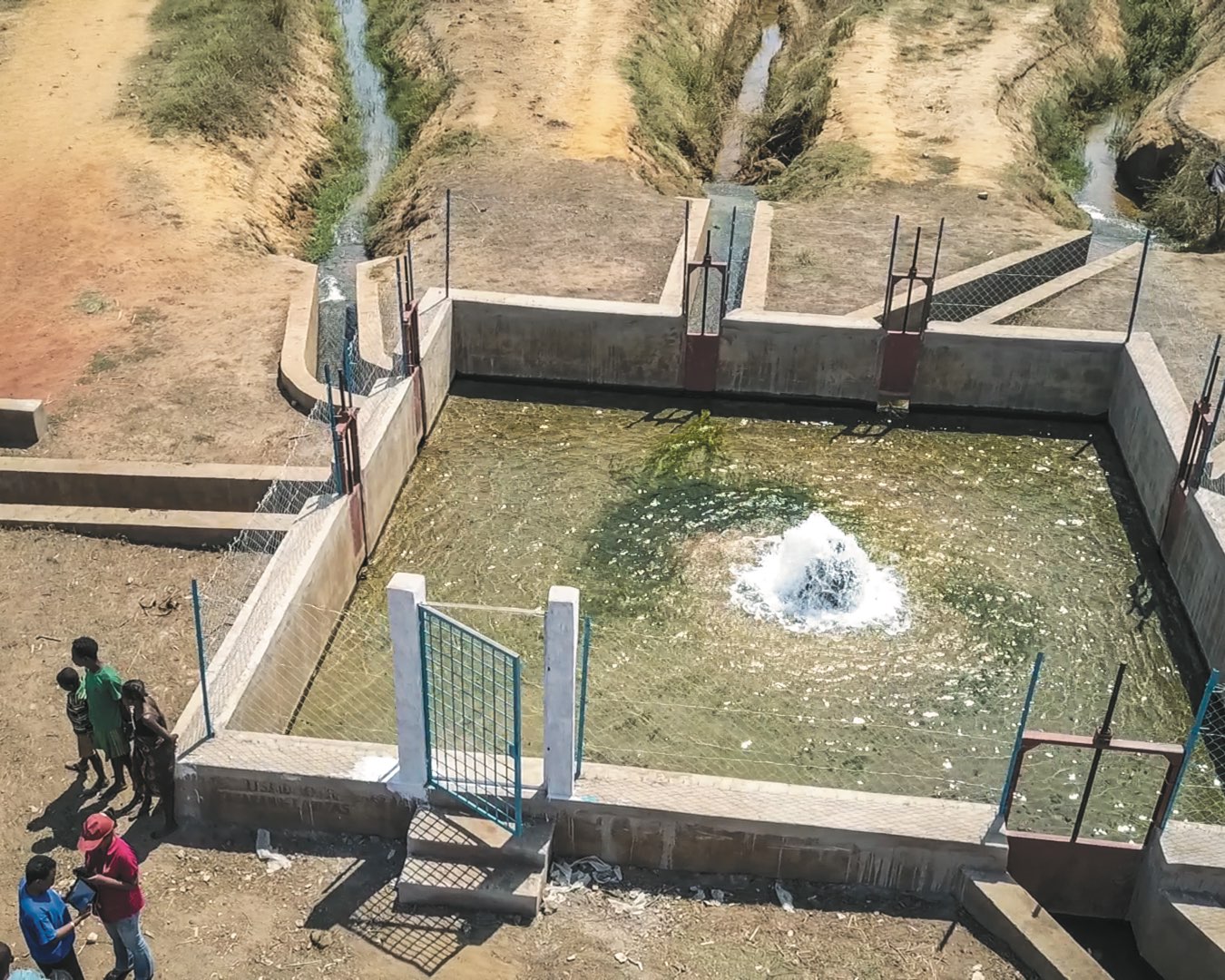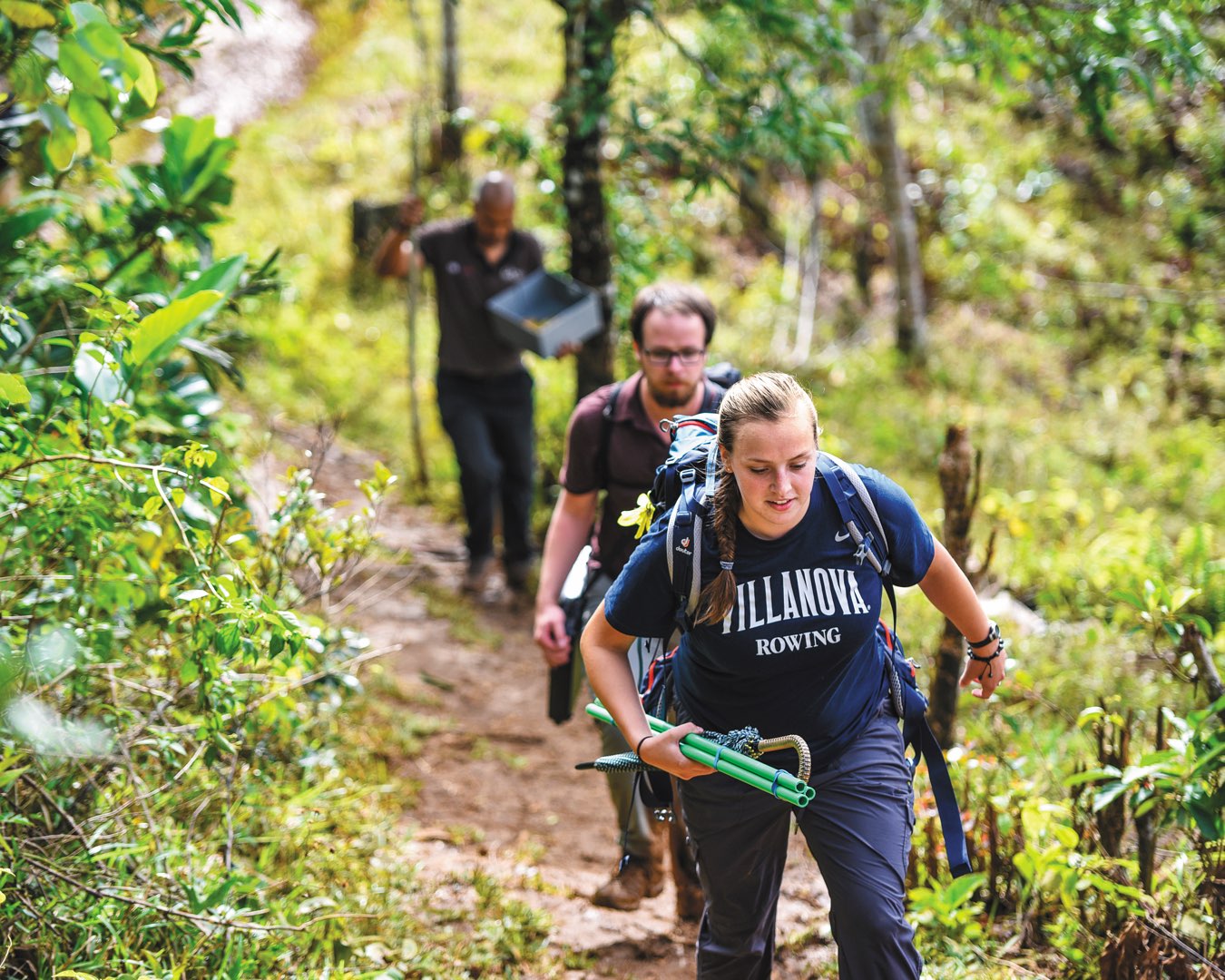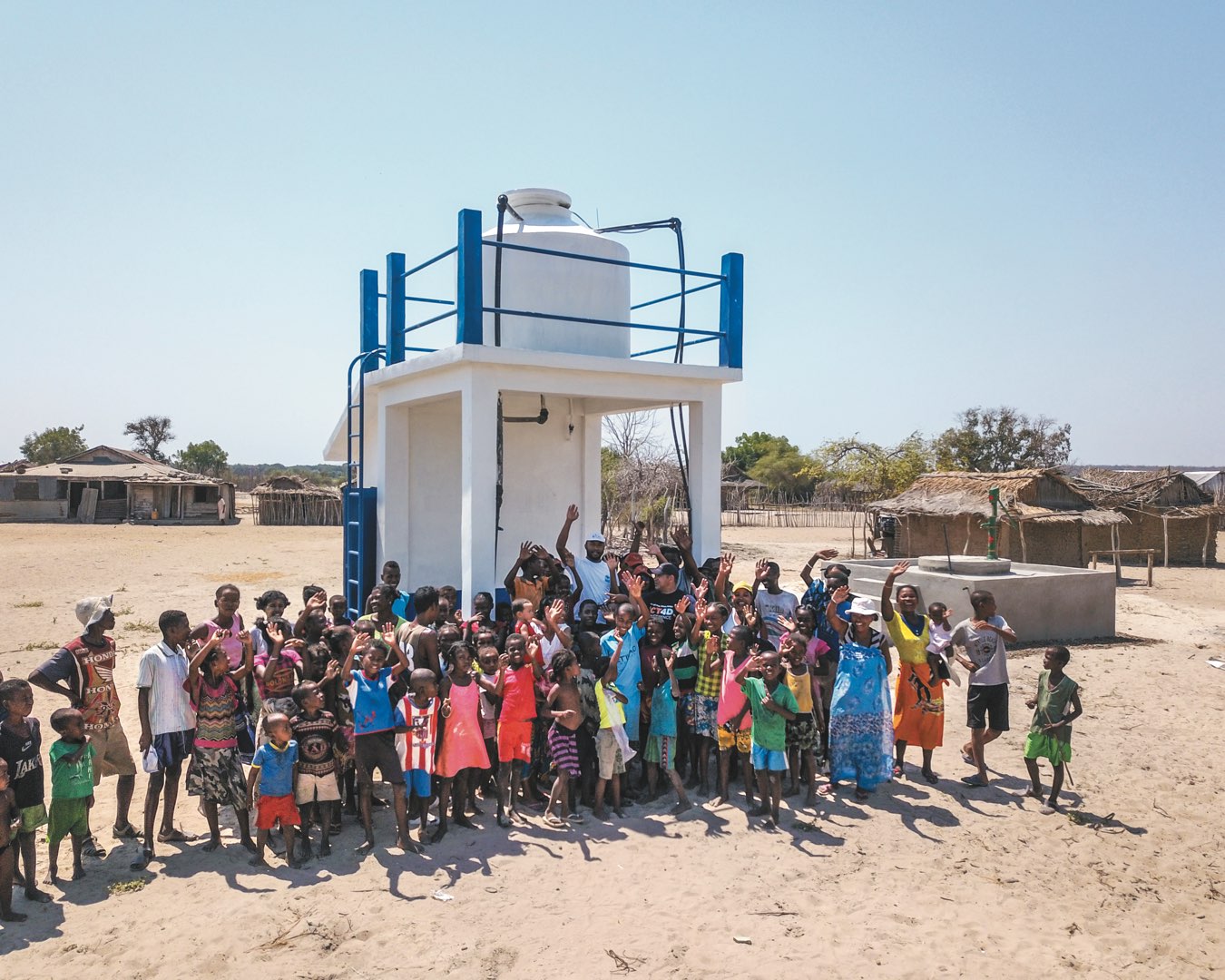As he packed his bags to return to Madagascar in June 2018, Eric Wagner ’12 CLAS checked off the items on his list: toothbrush, socks, umbrella, charger, … drones. The Villanova alumnus, an expert in geographic information systems, or GIS, was fulfilling a promise he’d made the previous summer to Catholic Relief Services in the world’s fourth largest island: to personally deliver unmanned aerial vehicles and related equipment. ◼︎ Villanova has enjoyed a 13-year institutional partnership with CRS, the overseas relief and development agency of the Catholic Church in the US. Since 2015, the University has been involved year-round with helping CRS and its Malagasy partners to carry out a project funded by the US Agency for International Development in Madagascar. The project’s goals in this nation off the southeastern coast of Africa are to promote the health and nutrition of pregnant women and young children, increase and diversify household incomes, and build communities’ resilience to disasters. ◼︎ On site and in the classroom, faculty, staff and students have shared their time and knowledge in areas such as water infrastructure, health, hygiene and microlending. Now they’ve added drone technology, which can take humanitarian work to new levels.
